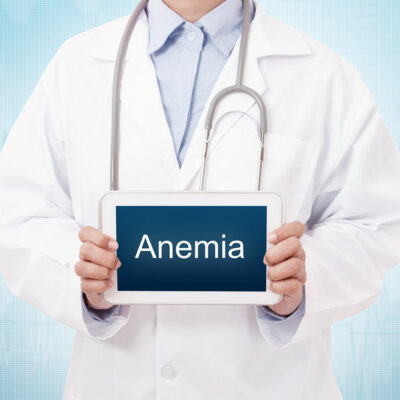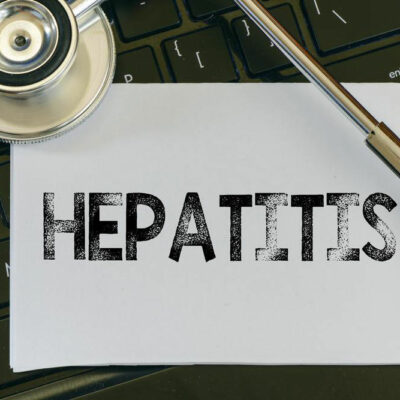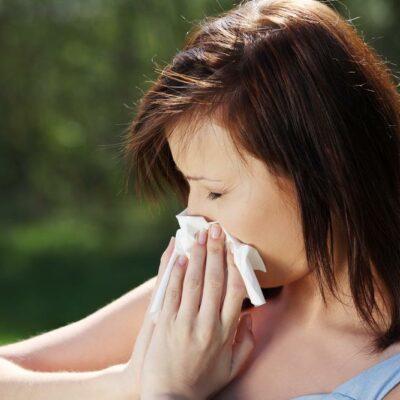
Health
Important Facts on Obstetric Anemia
According to the World Health Organization, maternal anemia is a common condition that is experienced across the world. Anemia during pregnancy and postpartum anemia have numerous health risks to both mother and child. Thyroid and immune function may be affected. Iron is needed for many psychological processes in the human body. Studies indicate that an iron deficiency at the time of pregnancy may independently cause cognitive or behavioral abnormalities in the child. The most frequent type of obstetric anemia is Iron Deficiency Anemia (IDA). It is important to know that: Maternal iron deficiency is by far known to be the most common type of obstetric anemia. Maternal anemia is still common despite the knowledge and guidelines available widely. The most frequent cause of maternal death is said to be due to maternal anemia. Maternal anemia increases the risk of induction of labor or caesarean section too. The risk of postpartum anemia is increased when the mother suffers from anemia during pregnancy. Irreversible damage linked to many harmful effects on the fetus like intrauterine growth restrictions, death in utero, infections, pre-termed delivery, and neurodevelopmental damage may be caused due to pregnancy with iron deficiency anemia. Maternal IDA should be treated, or it may carry over to the next pregnancy.
Read More 















